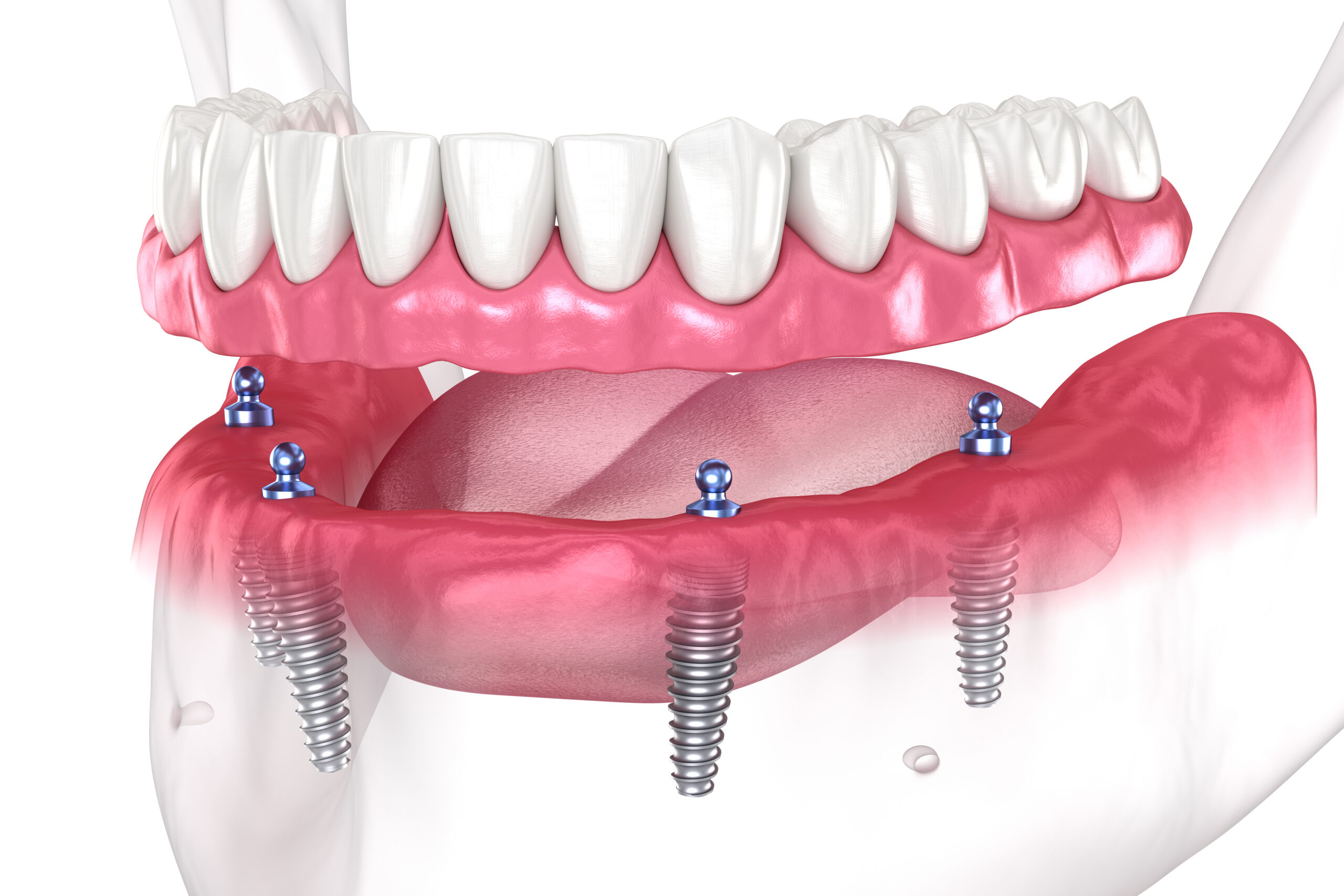How Dental Sense can Save You Time, Stress, and Money.
How Dental Sense can Save You Time, Stress, and Money.
Blog Article
Getting My Dental Sense To Work
Table of ContentsThe Greatest Guide To Dental SenseThe Only Guide for Dental SenseDental Sense Things To Know Before You Get ThisDental Sense - Questions
are medical tools operatively implanted right into the jaw to recover an individual's capacity to eat or their look. They offer assistance for fabricated (fake) teeth, such as crowns, bridges, or dentures. When a tooth is shed because of injury or disease, a person can experience issues such as rapid bone loss, malfunctioning speech, or modifications to chewing patterns that lead to discomfort.Dental implant systems consist of a dental implant body and oral implant abutment and may also include an abutment addiction screw. Dental implants. The oral implant body is surgically put in the jawbone in place of the tooth's root. The dental implant joint is usually affixed to the dental implant body by the joint fixation screw and prolongs via periodontals into the mouth to support the affixed artificial teeth
(https://www.domestika.org/en/dentalsense1)Framework of The Dental Implant System choosing oral implants, speak with your dental supplier regarding the prospective advantages and risks, and whether you are a prospect for the treatment. Things to take into consideration: Your general health and wellness is an essential aspect in determining whether you are an excellent candidate for oral implants, how much time it will certainly take to heal, and the length of time the implant may remain in area.
Smoking may impact the healing process and reduce the lasting success of the implant. The recovery procedure for the dental implant body might take a number of months or longer, during which time you usually have a short-lived abutment instead of the tooth. the oral implant procedure: Thoroughly comply with the dental health instructions offered to you by your oral copyright.
The Main Principles Of Dental Sense
Implant failing can result in the requirement for another operation to repair or replace the dental implant system. Recovers the capacity to eat Recovers aesthetic appearance Helps maintain the jawbone from reducing because of bone loss Preserves the health of the bordering bone and gums Aids maintain surrounding (nearby) teeth secure Enhances quality of life Damages to bordering all-natural teeth during dental implant positioning Injury to the surrounding tissues throughout surgical treatment, such as sinus perforation Injury throughout surgical treatment (for instance, crack of bordering jawbone) Inadequate feature, such as really feeling like the teeth do not bite together normally An experience that the tooth hangs or turning in position arising from a joint screw loosening up Implant body failing (looseness of the implant body) due to systemic infection, which might be more probable in individuals with unchecked diabetes mellitus as a result of neighborhood infection in bone and gums sustaining the dental implant body because of delayed recovery, which might be most likely in people that smoke Problem cleaning up the gum tissues around the implant, resulting in inadequate oral hygiene Without treatment gum disease Post-surgical pins and needles as a result of nerve impingement or damage Constantly notify healthcare service providers and imaging professionals that you have dental implants before any kind of magnetic resonance imaging (MRI) or x-ray procedures.
FDA is not familiar with any negative events reported for MRI or x-ray treatments with oral implants. Oral implants systems are commonly constructed from materials that comply with international consensus criteria of the International Company for Standardization (ISO) or ASTM International. These standards have details of what makes a secure material.

An oral implant is a framework that replaces a missing tooth. With screw-like tools, the cosmetic surgeon inserts an implant into the jawbone, and it acts as a support for a man-made tooth, called a crown.
Dental Sense Things To Know Before You Get This
Some individuals are not eligible for dental implant surgical procedure. It is for oral doctors to operate individuals with: severe illnessuncontrollable metabolic diseasebone or soft tissue disease or infectionIf these concerns are solved, an individual can have the surgical procedure. In, dental doctors refrain from operating people with: If people with any of the above undergo oral implant surgical treatment, there is a greater risk of the implant stopping working.

Oral dental implant surgical procedure is a customized procedure. It's not the same for everybody. But the complying with provides a basic introduction of what you can expect your dentist, dental surgeon, periodontist or prosthodontist to do: Put the dental implant surgically. Give you time to recover. Affix the post and final crown, bridge or denture.
Next off, your surgeon will thoroughly place the oral implant right into your jaw. Your specialist will rearrange your gums and shut the cut with stitches. If your dental implant is near the front of your mouth, your dentist will certainly make a short-lived tooth for you to use until you heal. That method, you will not have a space in your smile while you recover.
The Single Strategy To Use For Dental Sense
Your service provider can tell you what to expect in your situation. During the healing phase, your jawbone needs to fuse to the dental implant. This process, called osseointegration, is critical for stability and long-term success. This procedure can take anywhere from find more information 3 to nine months. In some situations, it might take longer.
When your dental implant heals, your dentist can affix the joint (little adapter article) and your last reconstruction (crown, bridge or denture). This usually takes about one hour to complete and might require a second small surgical treatment. You should not feel any type of pain throughout your dental implant procedure since your copyright will make use of medication to numb your gums.
Report this page